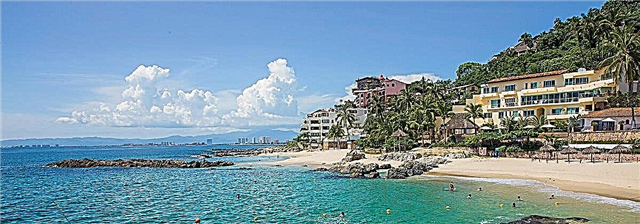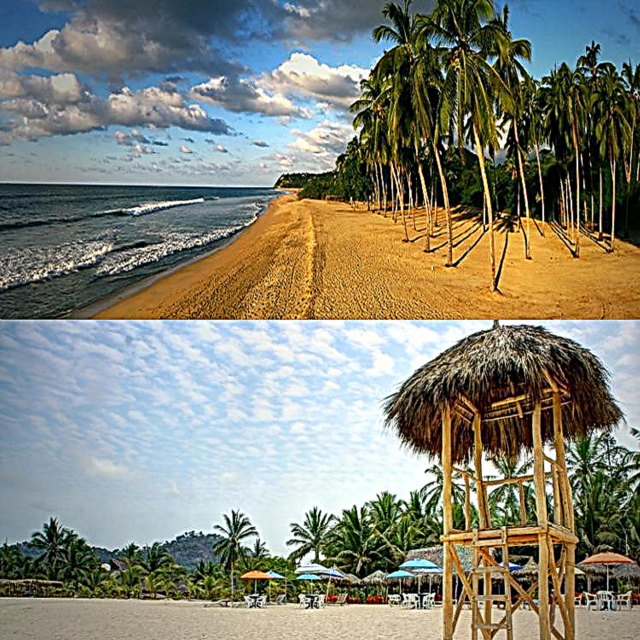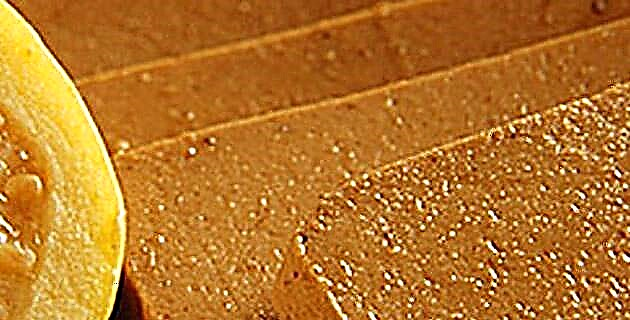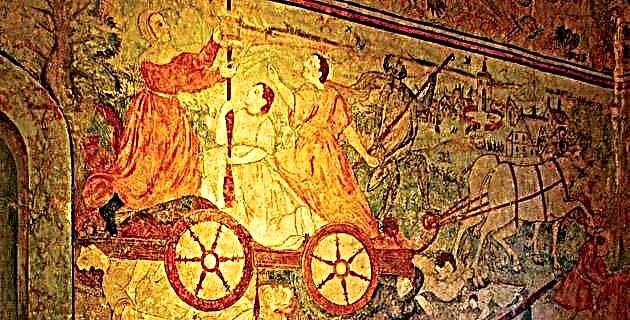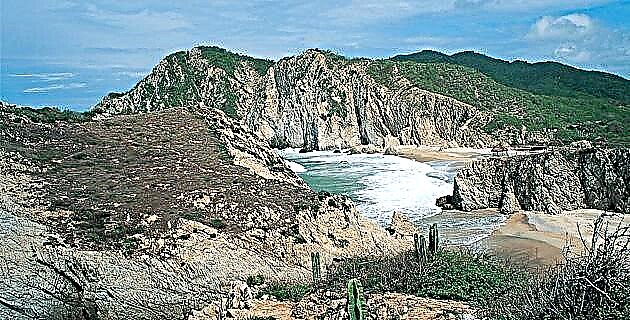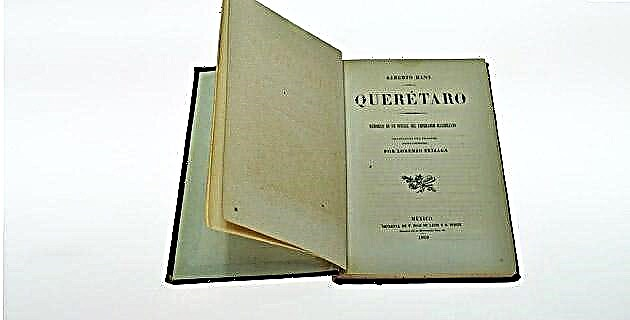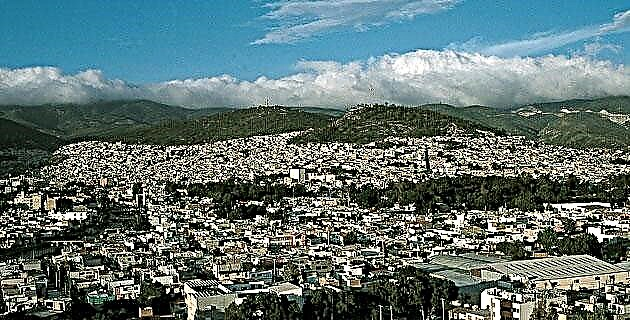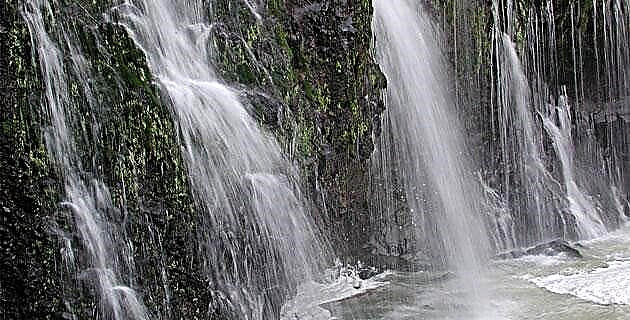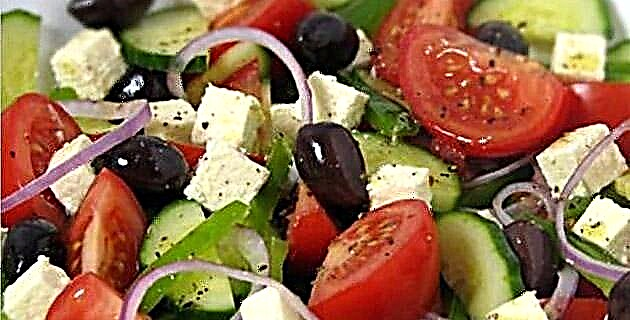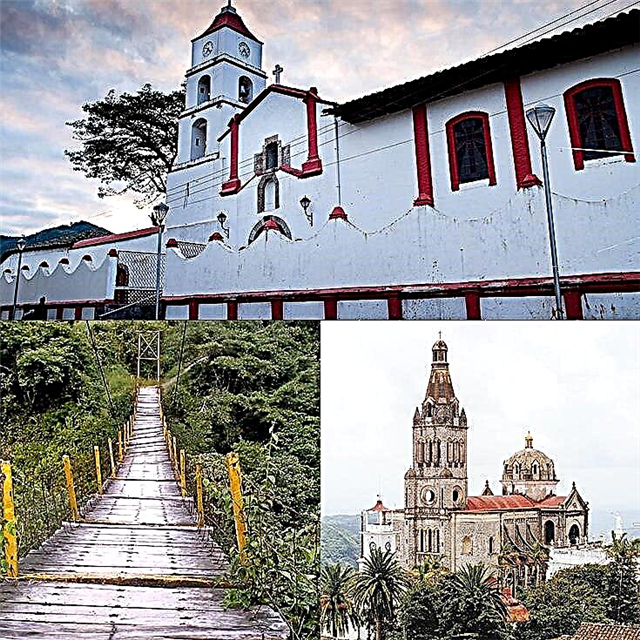Pahuatlán is a town with a culture intensely influenced by its indigenous population, conserving interesting traditions. We present you this complete guide to Magic Town Poblano so that you know in depth their customs, beliefs and places of interest.
1. Where is Pahuatlán located?
Pahuatlán de Valle, or simply Pahuatlán, is the head of the Poblano municipality of the same name, located in the Sierra Norte de Puebla, at 1,600 meters above sea level. It is one of the Mexican municipal entities with the highest proportion of indigenous Otomí population, a trait that has shaped its culture and has allowed it to authentically preserve its ancestral traditions. In 2012, Pahuatlán was incorporated into the Magic Towns system based on its genuine cultural heritage, the excellence of its coffee and its buildings of interest.
2. How did the town arise?
The current territory of Pahuatlán belonged to the indigenous kingdom of Totonacapán. The Totonacs began to leave the Sierra Puebla and when the Augustinian friars and Spanish soldiers arrived, they were received mainly by Nahuas and Otomies. The Hispanic town was founded in 1532 and Pahuatlán was linking centuries of history with its indigenous enclaves always differentiated from the white and mestizo population.
3. How is the climate of Pahuatlán?
The altitude gives Pahuatlán de Valle a pleasant mountain climate, registering an average annual temperature of 19 ° C. Between December and February, the thermometers drop to the range of 14 to 16 ° C, while they rise to 21 or 22 ° C between April and September. It rains 2,040 mm a year, mainly between June and September.
4. What are the main distances to Pahuatlán?
The city of Puebla is 203 km away. from Pahuatlán on the Arco Norte highway. Another 5 state capitals are less than 300 km away. from Pahuatlán; Pachuca is located 94 km, Tlaxcala 184, Toluca 227, Cuernavaca 284 and Xalapa 293. To go from Mexico City to the Magic Town you have to travel 211 km. heading northeast.
5. What are the main attractions of Pahuatlán?
Pahuatlán is a town of ancestral traditions, by virtue of its high proportion of indigenous population, highlighting the making of paper amate, the dance of the flyers and the healing methods of Indian medicine, always between legend and reality. The town has some attractive structures, distinguishing itself from the Santiago Apóstol Parish Temple and the Miguel Hidalgo y Costilla Suspension Bridge. Near Pahuatlán there are several places of interest, such as the Mirador de Ahíla and the headwaters of the border municipalities. El Pueblo Mágico produces high quality coffee, for being from the mountains.
6. What is Santiago Apóstol Parish like?
This simple church was built by the Franciscan friars during the 19th century. On the main façade, the image of Santiago Apóstol mounted on horseback and the extraordinary ornamentation stand out. This neat decoration was made by a local artist in an indigenous baroque style, with a profusion of plant and vegetable motifs that embellish walls, columns and capitals.
7. Where is the Miguel Hidalgo y Costilla Suspension Bridge located?
3 km. from the center of Pahuatlán is a picturesque suspension bridge that crosses the Pahuatitla River. The striking construction is 60 meters long and is located 36 meters above the stream. It was built 50 years ago to link the communities of Pahuatlán with the Xolotla Valley and was the subject of a recent reconstruction. A short distance from the bridge is the beautiful Velo de Novia waterfall.
8. What can I do at the Mirador de Ahíla?
The community of Ahíla, located at 1,750 meters above sea level, is the highest in the municipality of Pahuatlán. For this reason and due to the conditions of its lands, Ahíla is ideal for floriculture and has a great variety of beautiful flowers. In addition, Ahíla is a splendid viewpoint to appreciate in the distance the town of Pahuatlán and other places. To cyclists who practice the risky modality of downhill They like to go down from there and there are also good places for paragliding flights.
9. How is the tradition of Amate Paper?
Amate is a craft paper that is made from vegetable pulp obtained by crushing the bark of the jonotes or buríos, after cooking it in water with lime. The jonotes are endemic trees of Mexico and Central America. This type of paper was made in Mexico since pre-Hispanic times and was used in the making of codices and as a canvas for paintings. One of the few Mexican communities that continues to manufacture it is that of the Otomis of San Pablito, near Pahuatlán, now as a tourist curiosity.
10. How good is the coffee?
With an altitude of 1,150 meters above sea level and an average temperature of 19 ° C, without extreme variations, Pahuatlán has excellent weather conditions to produce high quality coffee. The town has the aroma of good coffee and among its coffee plantations Don Conche Téllez stands out, located 2 km. of the locality. There you can receive an instructive explanation about the process that the grain undergoes from the bush to the cup and they teach you to distinguish the levels of acidity, body and bouquet.
11. Why is the Dance of the Flyers part of your cultural heritage?
Pahuatlán was part of Totonacapan, the old Totonac manor that revolved around the pre-Columbian city of El Tajín, where the Dance of the Flyers originated. Pahuatlán continues to be an important enclave of the indigenous population in Puebla and as such, the rite of the Voladores constitutes one of the main ceremonial acts and a tourist attraction in the Pueblo Mágico.
12. What are the main indigenous healing traditions?
The Evil Eye is a popular legend that attributes especially harmful powers to certain people only with the strength of their gaze, with which they would cause bad luck, illness and even death. Truth or a lie, in the Hispanic American peoples there is never a lack of a sorcerer or an expert capable of curing Evil Eye, Fright, Touched by the Devil, Eating Water and other personal calamities. The indigenous sorcerers of Pahuatlán say they are experts in these cures.
13. What are the main festivals in Pahuatlán?
On January 28, the celebration in memory of General Lechuga is celebrated in Pahuatlán, in which Acatlaxquis dances and the Voladores show are presented, in which one of the participants is dressed as Malinche. In April, the Huapango Festival is held, dedicated to the typical musical genre of several Mexican states, including Puebla. The festivities in honor of Santiago Apóstol are on July 25 and the first two days of November commemorate the saints and the dead, when the Corn Dance is presented.
14. How is the gastronomy of the town?
The culinary art of Pahuatlán is nourished by pre-Hispanic ingredients and recipes contributed by Totonacas, Nahuas and Otomís; and the European gastronomic heritage brought by the Spanish. The main dishes that are tasted in the town are the poblano mole, the pipián, the onion taquitos, the pork and beef chicharrón, the acamayas and the chayote with cheese. To drink there are the atoles of fruits and grains and to close, a high altitude coffee, both for its category and for being mountain.
15. What are your artisan specialties?
In addition to the amate paper that has made Pahuatlán famous, the Pueblo Mágico artisans make necklaces with beads, shawls for hats, woolen fabrics and embroidery. They also work with reed basketry, saddlery, wood carving and pottery.
16. What attractions are in nearby towns?
41 km. from Pahuatlán is the city of Huauchinango, a town where the Flower Fair is celebrated for 9 days of Lent, within the framework of the patron saint festivities. Huauchinango has beautiful buildings, among which are the Sanctuary of Our Lord in his Holy Burial and the Municipal Palace, with its double arches and its long balcony. Also noteworthy are the Temple of the Virgin of the Assumption and the Mausoleum of Gral. Rafael Cravioto Pacheco. Another attractive nearby community is Honey.
17. What is there to enjoy at Honey?
Only 15 km. To the southwest of Pahuatlán, along Route 106, is the town of Chila Honey, which is worth visiting for its beautiful waterfalls. The Velo de Novia Waterfall is located in a sector of the San Pedro-La Cruz highway. This jump is 50 meters high and 4 meters wide, and its surroundings are habitat for squirrels and armadillos. El Salto Waterfall, on the Honey – El Rincón de Chila highway, is 12 meters high.
18. Where can I stay in Pahuatlán?
Hotel El Cafetalero is located in Xicotepec de Juárez, about 45 km. from Pahuatlán, it is a simple, clean place with good seasoning in its food. Hotel Yekkan, located on the Pachuca highway, is an establishment with pleasant architecture, which provides basic services and offers friendly attention. Hotel Mi Ranchito, also in Xicotepec, has beautiful gardens and offers a rich buffet on Sundays. Other nearby options are Hotel Mediterráneo and La Joya, both in Tulancingo.
19. Where can I eat something?
La Tasca Bistro Bar offers Italian and Spanish food in Huauchinango. Also in Huauchinango are Mi Antigua Casa, which serves international cuisine, and El Tendajón Bistro, which presents a menu of contemporary food. In Xicotepec are La Terraza and Carranza, both serving Mexican food. Olio Trattoria serves pizza, Italian food, steakhouses and seafood in Tulancingo. Also in Tulancingo are Forajes y Carnes, and Barbacoa Don Agus.
Ready to leave for Pahuatlán to enjoy its coffee, its traditions and its places of interest? We hope that this complete guide will be of use to you in your tours of the Pueblo Magico of Puebla.

